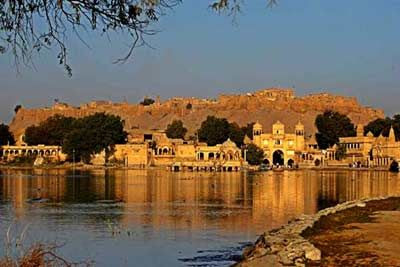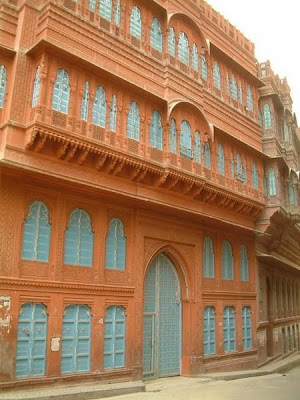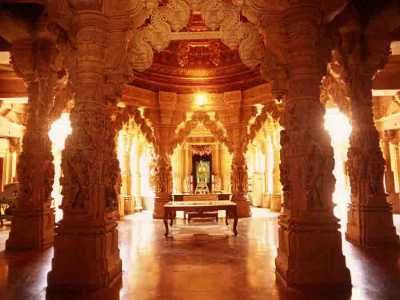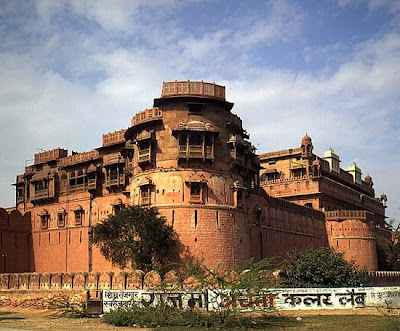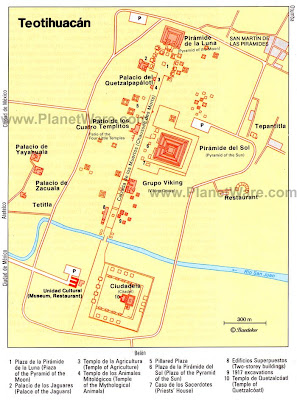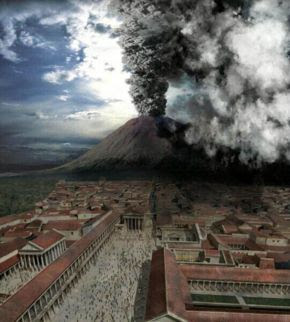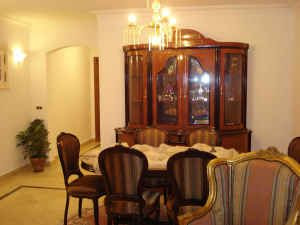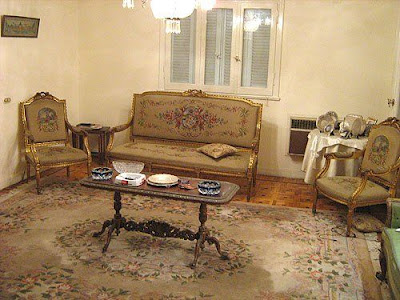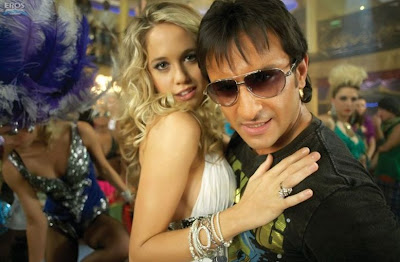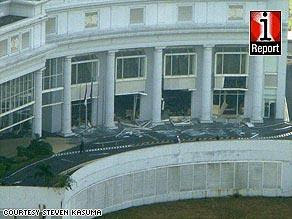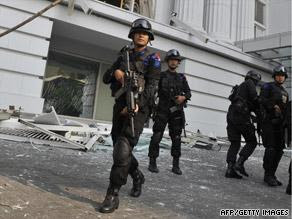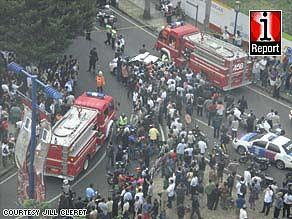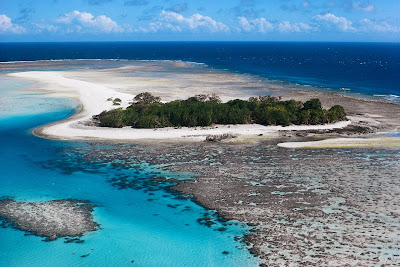
It’s all such fun. Awesome rather, to watch the ensemble of the world’s largest nether theatre at the Great Barrier Reef (GBR) on the Australian east coast. As the earth’s largest World Heritage Area – 347,800 sqkm (or UK, Holland and Switzerland combined), GBR splices corals to form the world’s most extensive reef system. The world’s most spectacular marine park, it is home to 1500 kinds of fish, 4,000 types of molluscs, 350 varieties of echinoderms, 400 species of coral, 500 types of seaweed, 23 species of marine mammals and 1500 kinds of sponge.
I watch – transfixed – as schools of glutinous, fluorescent fish shimmy past my sub-sea viewer’s glass. Bringing up the pisces’ rear, as if in slo-mo, is an army of molluscs and echinoderms. I can spot a lone turtle too. Confused, it first waddles straight, then left and right before finally getting sucked, poor chap, into thickets of swaying emerald vegetation.
As I ruminate upon the diffident turtle’s fate, a plump, silvery snake suddenly springs out of nowhere to nuzzle my glass. Exquisite terror engulfs me. And I back off instinctively, much to the amusement of my group – journos from Singapore, Hong Kong, Philippines and Sri Lanka.
Of course the GBR has a cultural dimension too. In fact peoples’ involvement with the heritage area began long before Captain Cook struck a r

eef near the current site of C o o k t o w n . Aboriginal and Torres Strait Islander communities have fished, hunted and reaped rich harvests – dugongs and turtles, for instance -- from its waters. Chinese beche-de-mer and Japanese pearl divers have also plumbed its depths in the nineteenth and early twentieth centuries. Plus, 30 shipwreck sites of historic importance are known to exist in the GBR as well as historically significant lighthouses and World War 11 sites.
No wonder the reef is a shrine for millions of tourists. Like us. We got in from Queensland – Australia’s Sunshine State – in a high-speed catamaran which ripped the ocean’s surface to transport us here. And no sooner did we disembark – all dizzy and windwhipped – that we were bundled into whirring choppers for an aerial view of the
GBR. Buckled up, headphones in place, we tuned into a taped c o m m e n t a r y about the world’s largest structure made completely by living organisms.
As the chopper droned over the breathtaking beige-blue aquatic stretch, a rich baritone voice (yeah pretty much like Big B’s) informed us that the
GBR isn’t a single reef but an interconnected network of over 2,900 individual reefs and 900 cays and islands. Its incredible size has spawned a remarkably diverse range of habitats and plant and animal life. In fact so huge is its expanse that habitats and species found at the southern end of the GBR are vastly different from those found in the region 2,000 km away while those existing close to the coastal region are markedly different from those offshore.
The views are spectacular indeed. And we crane our necks to take them in. As we marvel at the diverse coral shapes, a collective sigh escapes us as we get to `Heart Reef’ – a spectacular formation of reefs in the shape of a heart! It’s a popular haunt for honeymooners, we’re told.
Corals, continues Mr. Big-B, are created by the marine polyp – a primitive animal related closely to anemones and jellyfish – which forms a hard surface by producing lime. As polyps die their `coral skeletons’ remain to gradually form the reef. New polyps then grow on these skeletons, continually contributing to the reef. The GBR is, therefore, a living network of billions upon billions of marine polyps which have been developing for over 10,000 years!
The fascinating chopper ride over, we get back to the catamaran for a delicious lunch. A sea food salad crafted out of the day’s rich pickings from the ocean – oysters, crabs, lobsters, squids – drizzled with lemon juice, oven fresh bread and duck parcels. All is washed down with a chilled chardonnay.
Well-fuelled, I now head to the docks to feast on the scenery -- rugged mountains, the green-blue ocean and cloud-dappled skies. A little distance, I can spot gaggles of tourists clambering into choppers for rides just like we had a while
back. Some are busy strapping scuba diving gear to go snorkelling. A little stretch down the beach, there’s provision for high-speed boating, whale-watching, parasailing, kayaking... If you’re averse to getting water-coated, like me, then you can plump for subsea viewers to watch marine life from behind a glass.
Another increasingly popular attraction at the Reef – though a tad expensive at Aus $ 350 per person -- is Reefsleeep’, a two-day sleepover aboard a luxury ship which lets you watch the Reef metamorphose from a sky blue stretch to a translucent blueblack one aglow with corals and marine creatures at night! And after you’ve had your fill of snorkelling/scuba diving/swimming with a personal guide, you’re treated to bubbly and an alfresco meal under a star-lit sky on board!
With such sybaritic offerings, tourism at the GBR, together with commercial fisheries, is of major economic importance to the region. But, unfortunately, along with a spurt in tourism, there’s been a corresponding southward spiral in the Reef’s ecology too. Much of its marine life – especially five kinds of indigenous turtles and dugongs -- are reacting unfavourably to human interference and waste flowing in from the islands.
Corals apparently haven’t taken too well to this development either. They are sensitive creatures and, as the onboard marine biologist Susan Baker informs us, grow only in water that’s clear, briny, has a temperature of 17.5 degrees centigrade and is less than 30 metres deep. To preserve these conditions, the Reef is classified as a `Marine Park’, a concept based on the synergy between the area’s conservation and its appropriate use by fishermen, collectors, charter operators, tourists and scientists.

Precisely for this reason, aerial surveillance in the area – especially of fishing vehicles – is restricted too. No wonder, placards exhorting divers and tourists not to harm the corals liberally dotting the area.
Meanwhile, the guys in our group have stripped down to their innerwear…And are all set for parasailing, their multi-hued vehicles with enormous wingspans waiting by their sides. They cheer us– me and my Singaporean counterpart – to join in the fun. But we decline, preferring instead to spectate on a three-tiered human drama unfolding before our eyes ---underwater, on terra firma and the azure canvas above!





